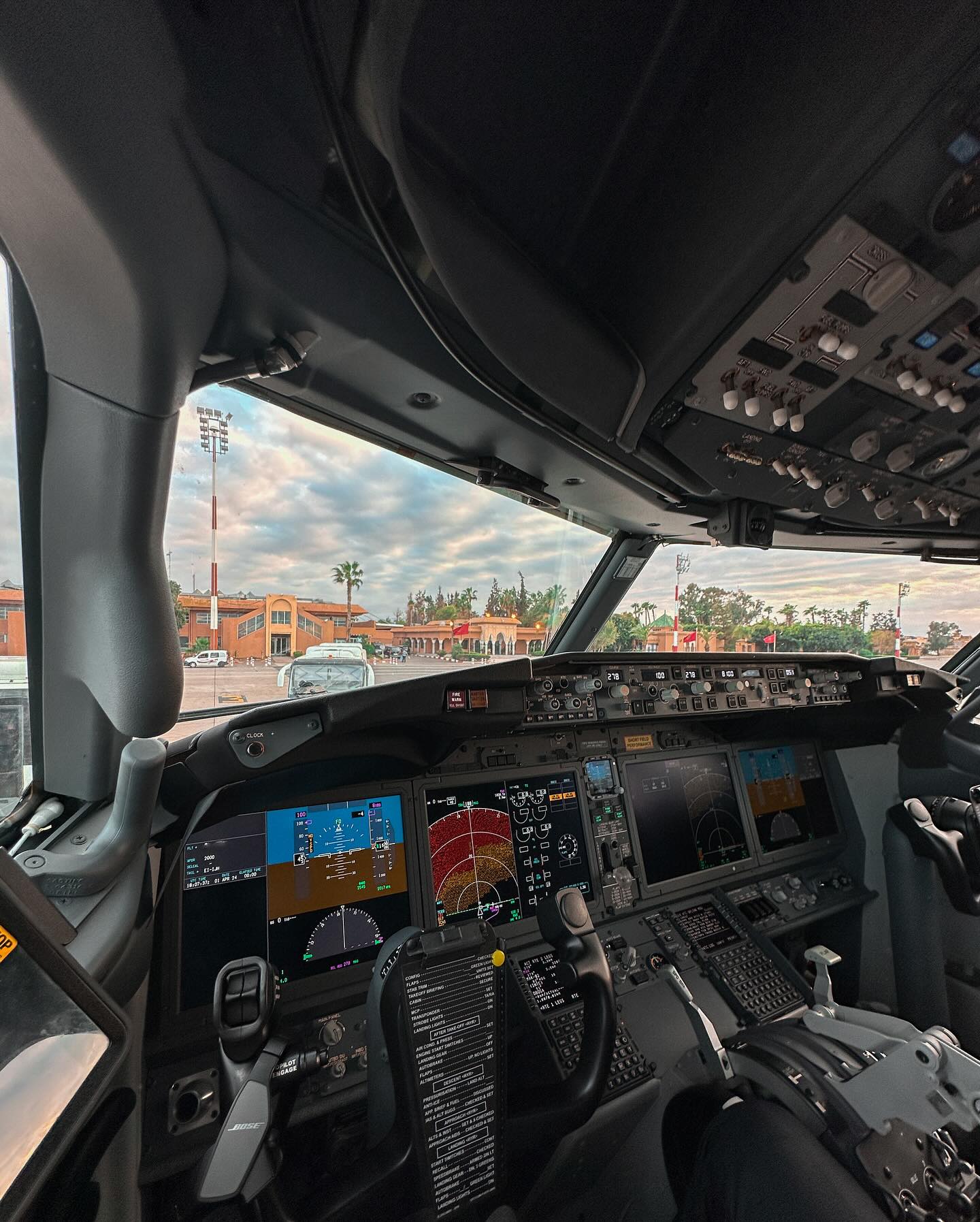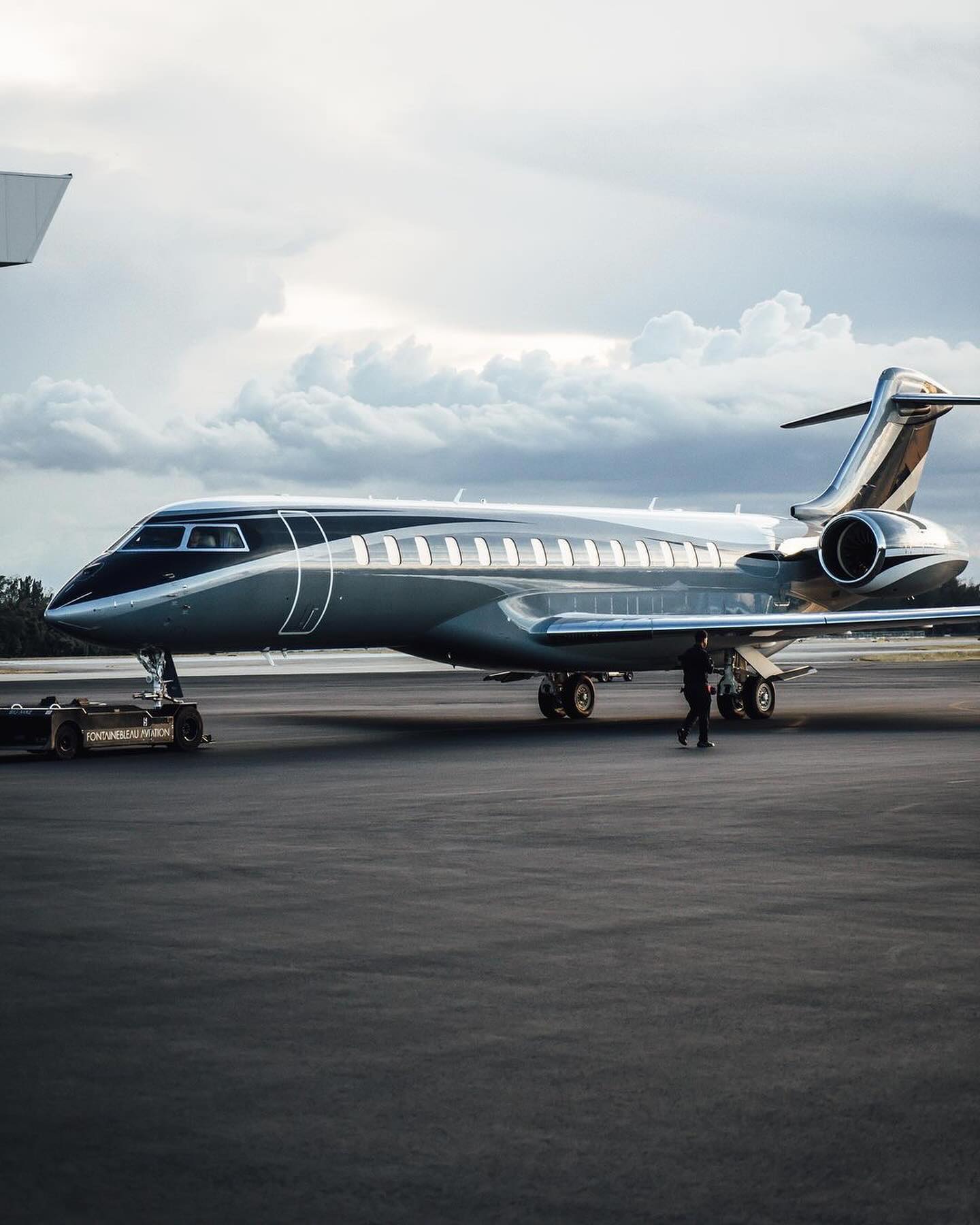Understanding the work schedule of pilots is crucial, not just for those aspiring to enter the aviation industry but also for passengers curious about the professionals ensuring their safe travel. Pilots’ working hours are governed by stringent regulations to ensure safety and efficiency. In this article, we explore a comprehensive overview of the pilots’ work hours.
1. The Basics of Pilot Scheduling
Pilot working hours vary significantly depending on several factors, including the airline, type of aircraft, routes flown, and seniority. Generally, pilots can be divided into three categories: commercial pilots, flight instructors and airline transport pilots.
Commercial Pilots
Commercial pilots are involved in a range of flying activities that exclude operating scheduled air carrier flights. Their roles can include crop dusting, aerial photography, charter flights, and rescue operations.
- Flight Hours: On average, a Commercial Pilot logs about 85 flight hours per month.
- Ground Hours: In addition to flight time, they typically spend around 80 hours per month on ground duties. These duties can include flight planning, attending briefings, and post-flight paperwork.
Flight Instructors
Flight instructors are responsible for teaching aspiring pilots how to fly. They work in flight schools or aviation academies, providing both ground and in-flight training.
- Flight Hours: Their flight hours range from 80 to 100 hours per month. This time is spent in the air, teaching students hands-on flying skills.
- Ground Hours: Beyond flying, they dedicate around 100 hours per month to ground responsibilities, including preparing lesson plans, conducting ground-based instruction, and evaluating students’ progress.
Airline Transport Pilots (ATP)
Airline Transport Pilots are the highest certification a pilot can achieve. ATPs typically fly for airlines transporting passengers and cargo. The role is often seen as the pinnacle of a pilot’s career.
- Flight Hours: ATPs log between 75 to 100 flight hours per month. Their flying hours include operating large passenger or cargo aircraft on various routes.
- Ground Hours: They also spend a significant amount of time, approximately 150 hours per month, on ground duties. These can encompass route planning, weather assessments, aircraft safety checks, and administrative tasks.
2. Factors Affecting Pilot Work Hours

Photo credit: instagram.com
Pilot work hours are influenced by a variety of factors, each playing a critical role in ensuring safety and efficiency in aviation. Understanding these factors is essential for appreciating the complexity of a pilot’s work schedule. Let’s explore some of the key factors:
Type of Aircraft
The type of aircraft a pilot operates significantly impacts their work hours. Different aircraft require varying levels of attention, skill, and workload, influencing how long a pilot can safely operate them.
- Complexity and Size: Larger or more complex aircraft, such as wide-body jets used in international flights, may demand more intensive pre-flight preparations and post-flight procedures, thus extending work hours.
- Technological Advancements: Modern aircraft equipped with advanced automation can reduce pilot workload, potentially allowing for longer flight hours under regulatory limits.
Flight Duration
The length of the flight is another critical factor affecting pilot work hours.
- Short-Haul vs. Long-Haul Flights: Pilots on long-haul flights may have fewer flights per month but longer continuous work periods. In contrast, short-haul pilots might have more takeoffs and landings, leading to more, but shorter, work periods.
- Flight Duty Periods: Regulatory authorities often set maximum flight duty periods depending on the flight duration to ensure pilots have enough rest between flights.
Time Zone Changes
Flying across time zones can significantly affect a pilot’s work schedule due to the impact on the body’s circadian rhythms.
- Jet Lag: Pilots flying long distances that cross multiple time zones may experience jet lag, affecting their alertness and performance.
- Rest Requirements: Regulations may require extended rest periods for pilots after flights that involve crossing several time zones to mitigate the effects of jet lag and ensure pilot alertness.
Fatigue Management
Managing pilot fatigue is crucial for maintaining safe flight operations.
- Cumulative Fatigue: Regulatory bodies monitor not just individual flight duty times but also cumulative work hours over days, weeks, and months to manage fatigue.
- Rest Periods and Limitations: Mandatory rest periods are enforced to ensure pilots have sufficient time to recover from fatigue. These periods are often longer after more extended or demanding flights.
3. Understanding Commercial Airline Pilot Work Hours
Commercial airline pilots operate under strict regulations regarding their work hours to ensure safety and efficiency. Their work schedule is governed by several factors:
Maximum Flight Time Limits
Flight time limits are crucial for ensuring pilots are not overworked, which could impair their ability to operate an aircraft safely.
- Hourly and Yearly Limits: Commercial airline pilots typically have a cap on the number of hours they can fly, both on a monthly and annual basis. For example, in the United States, the Federal Aviation Administration (FAA) limits pilots to 1,000 flight hours per calendar year.
- Flight Segment Limits: There are also limits on the number of flight segments a pilot can fly, as frequent takeoffs and landings increase workload and fatigue.
Duty Time Limits
Duty time encompasses not just the time spent flying, but all work-related activities.
- Pre- and Post-Flight Responsibilities: Duty time includes pre-flight planning, aircraft checks, post-flight debriefings, and administrative tasks.
- Maximum Duty Periods: Regulations set maximum duty periods to prevent fatigue. For instance, under certain conditions, the duty period can be up to 14 hours, though this varies based on factors like start times and number of flight segments.
Rest Time Requirements
Rest time is mandated to ensure pilots are well-rested and alert.
- Mandatory Rest Periods: After a duty period, pilots must have a rest period, typically at least 10 hours long, and have the opportunity for 8 hours of uninterrupted sleep.
- Extended Rest for Long Flights: Pilots on long-haul international flights often require longer rest periods to recover from extended duty periods and potential jet lag.
Scheduled vs. Actual Work Hours
There’s often a difference between a pilot’s scheduled work hours and the actual hours worked.
- Variability: Delays due to weather, maintenance, or air traffic can extend a pilot’s duty day beyond what was initially scheduled.
- Standby Time: Pilots may also be on standby, which is time spent ready to fly but not actively engaged in flight duties. This time is less predictable and can contribute to the variability in actual work hours.
4. Pilot Work Hours in General Aviation

Photo credit: instagram.com
General Aviation (GA) encompasses all non-commercial and non-military flying, including private, business, agricultural, and instructional flying. The work hours in this sector can differ significantly from those of commercial airline pilots.
Differences from Commercial Airline Pilots
General Aviation pilots often experience a different set of work hour dynamics compared to their counterparts in commercial airlines.
- Less Stringent Scheduling: GA pilots typically do not operate on a fixed schedule like airline pilots. Their flying hours are more flexible and can vary greatly from day to day.
- Diverse Operations: General Aviation includes a wide range of flying activities, each with its own demands and schedules, such as crop dusting, which is highly seasonal, or corporate aviation, which may require being on call.
Regulations for Private Pilots
The regulations governing the work hours of private pilots in General Aviation are less stringent than those for commercial pilots.
- No Strict Flight Time Limits: Unlike commercial pilots, private pilots in GA are not usually subject to strict flight time regulations. However, they must still adhere to rest requirements to ensure they are not flying while fatigued.
- Operational Limitations: Some limitations may be based on the type of certification and the operational rules under which they are flying, such as Visual Flight Rules (VFR) versus Instrument Flight Rules (IFR).
5. Factors Affecting Work Hours in General Aviation
Several factors influence the work hours of pilots in General Aviation:
- Type of Flying Activity: The nature of the flying activity, such as instructional, agricultural, or corporate, heavily influences work hours. For example, flight instructors may have a more regular schedule, while corporate pilots might have to be available for flights on short notice.
- Seasonal Variability: Some GA activities are highly seasonal. Agricultural pilots may work long hours during planting and harvest seasons, while other types of flying may be more prevalent in the summer months.
- Weather and Daylight Hours: Weather conditions and daylight hours can significantly impact flying schedules in GA. Poor weather can lead to cancellations or delays, while longer daylight hours in summer can allow for more flying time.
- Client Demand: In charter and corporate flying, client needs can dictate flight schedules, leading to variability in work hours.
The world of aviation offers a wide range of piloting careers, each with its unique set of challenges and rewards. Work hours among pilots vary greatly depending on their specific roles, the types of flights they conduct, and the organizations they work for. Regardless of the type, pilot work hours are closely monitored and regulated to ensure safety and efficiency in the skies.

